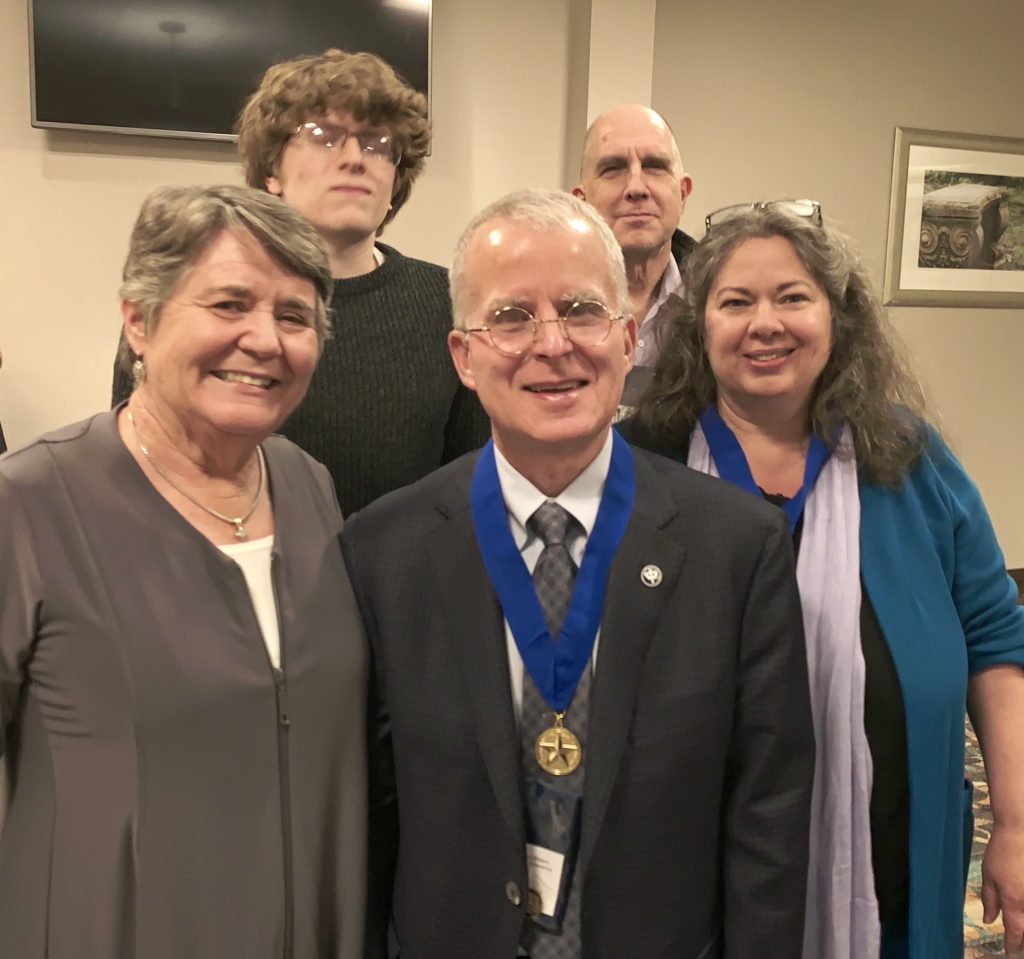
For 2019, MWSA awarded The Shadow Tiger a gold medal in the History category.
Review (Military Writers Society of America) review of “The Shadow Tiger: Billy McDonald, Wingman to Chennault”
The Shadow Tiger, Wingman to Chennault by William C. McDonald III and Barbara L. Evenson is the story of the life of William C. “Billy” McDonald Jr., written by his son as a tribute to his father whom he calls an unsung hero, “a man who contributed to world history.”
I was attracted to this title because I was familiar with the name Chennault, as in U.S. Army Brigadier General Claire Lee Chennault, legendary founder of the Flying Tigers. To many of us, the name Flying Tigers conjures up images of painted Shark nosed P-40 Warhawks flown by a group of American volunteer pilots in China fighting against a much more modern Japanese Air Force that was invading China in 1936 before the beginning of World War II. However, that part of the story is not part of the narrative in this book which is a prelude to that glorious history.
This an excellent reference book on the life of one of the American volunteer pilots who helped Chennault from the beginning, training Chinese pilots to fly before and during World War II. The authors call it an attempt to “portray events, locales, and conversations from the letters, magazines, and first-hand stories available to us. We have relied on personal accounts where ever possible.”
Having been passed over for a promotion to lieutenant in his late twenties, McDonald along with a colleague and fellow member of a flying demonstration group (the Flying Trapezers), fellow pilot Sargent Luke Williamson, had to face the prospect of no further promotions in the Army. Captain Chennault, who had known them for years, advised them to take the offer of a Chinese Nationalist General Mow Pang-Tsu to teach Chinese pilots to fly, using advanced U.S. military techniques and American planes.
A few months later, Chennault’s dispute over air war policy with the brass found him without prospects for promotion and retiring as a Captain to take a contract with China to go travel there and evaluate the Chinese Air Force.
There are many colorful historical figures that the American volunteers interacted with, the most famous being Madam Chaing Kai-shek, who became Chennault’s boss. Upon first meeting with Chennault in China “Madam Chaing expressed concern about Chennault’s rank as Captain, considering he would be dealing with admirals and generals.” Chennault made a reference to the prospect of asking a cousin, a former governor of the state to appoint him as a colonel in the state militia, and Madam Chaing said “that will do nicely.” So he attained the rank at that moment and there is no evidence of him being appointed to the state militia.
The book chronicles the period when they were training Chinese pilots under their contract with the Chinese Air Force. Billy McDonald’s exploits as Colonel Chennault’s right-hand man and advisor come into sharp focus, including his time as a ferry pilot carrying supplies.
The book is heavily illustrated with Cartoons, photos, and copies of letters from the day—so much that they seem to get in the way at times with the flow of the narrative. Once the reader gets used to the style it is easier to follow the flow. And all this information is relevant to setting the context and enriching the historical account.
For anyone interested in aviation history, especially American aviation history and World War II, this would be an invaluable book.
Reviewed by Ronald Wheatley (April 2018)




